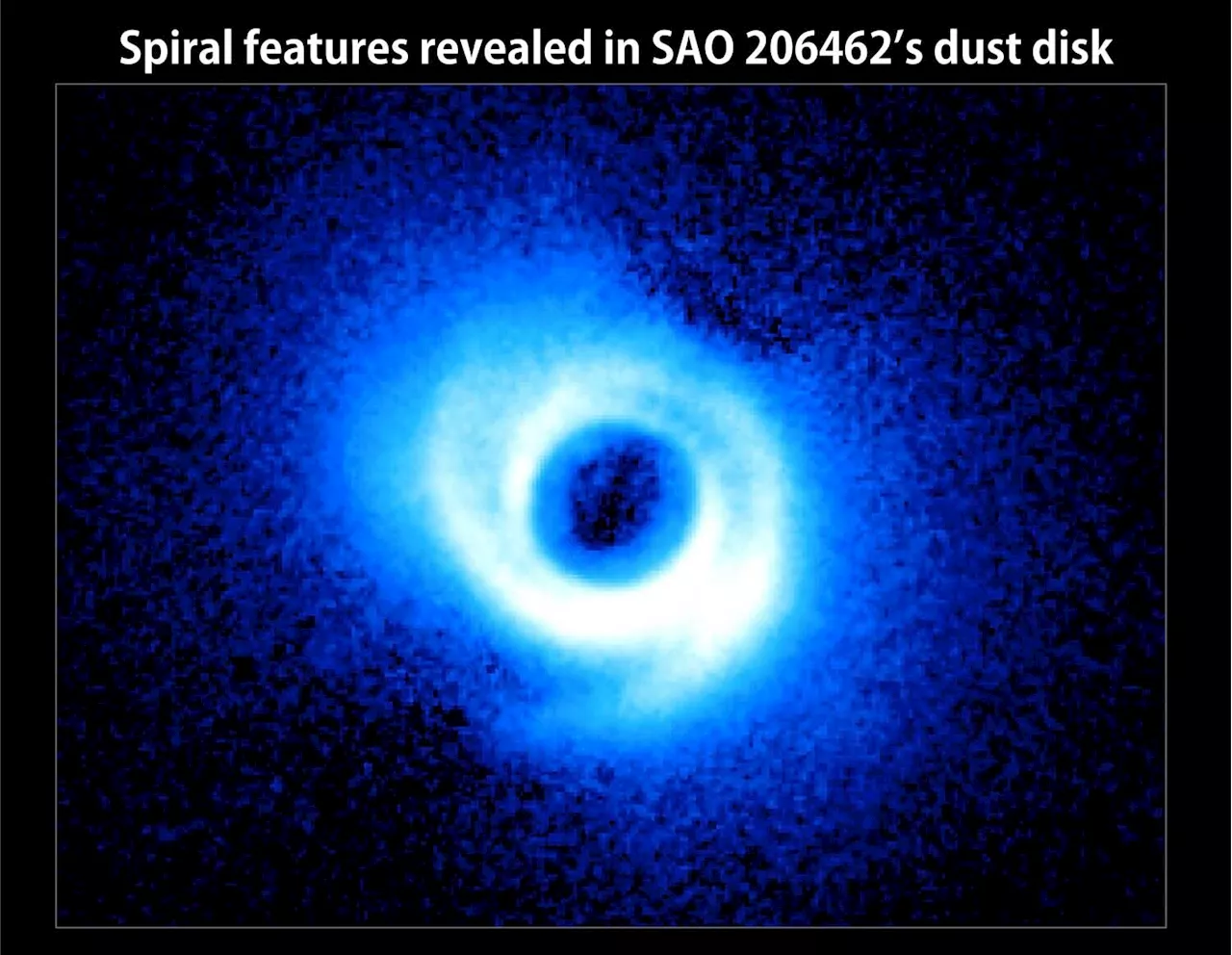Planets form in disks of dust and gas called protoplanetary disks that whirl around a central protostar during its final assembly. Although several dozens of such disks have been imaged, just two planets have been caught in the act of forming so far.
Astronomers conduct first search for forming planets with James Webb Space Telescope retrieved 27 March 2024 from https://phys.org/news/2024-03-astronomers-planets-james-webb-space.html
This document is subject to copyright. Apart from any fair dealing for the purpose of private study or research, no part may be reproduced without the written permission. The content is provided for information purposes only.Use this form if you have come across a typo, inaccuracy or would like to send an edit request for the content on this page. For general inquiries, please use ourThank you for taking time to provide your feedback to the editors.
Your feedback is important to us. However, we do not guarantee individual replies due to the high volume of messages.to let the recipient know who sent the email. Neither your address nor the recipient's address will be used for any other purpose. The information you enter will appear in your e-mail message and is not retained by Phys.org in any form.Get weekly and/or daily updates delivered to your inbox.
United States Latest News, United States Headlines
Similar News:You can also read news stories similar to this one that we have collected from other news sources.
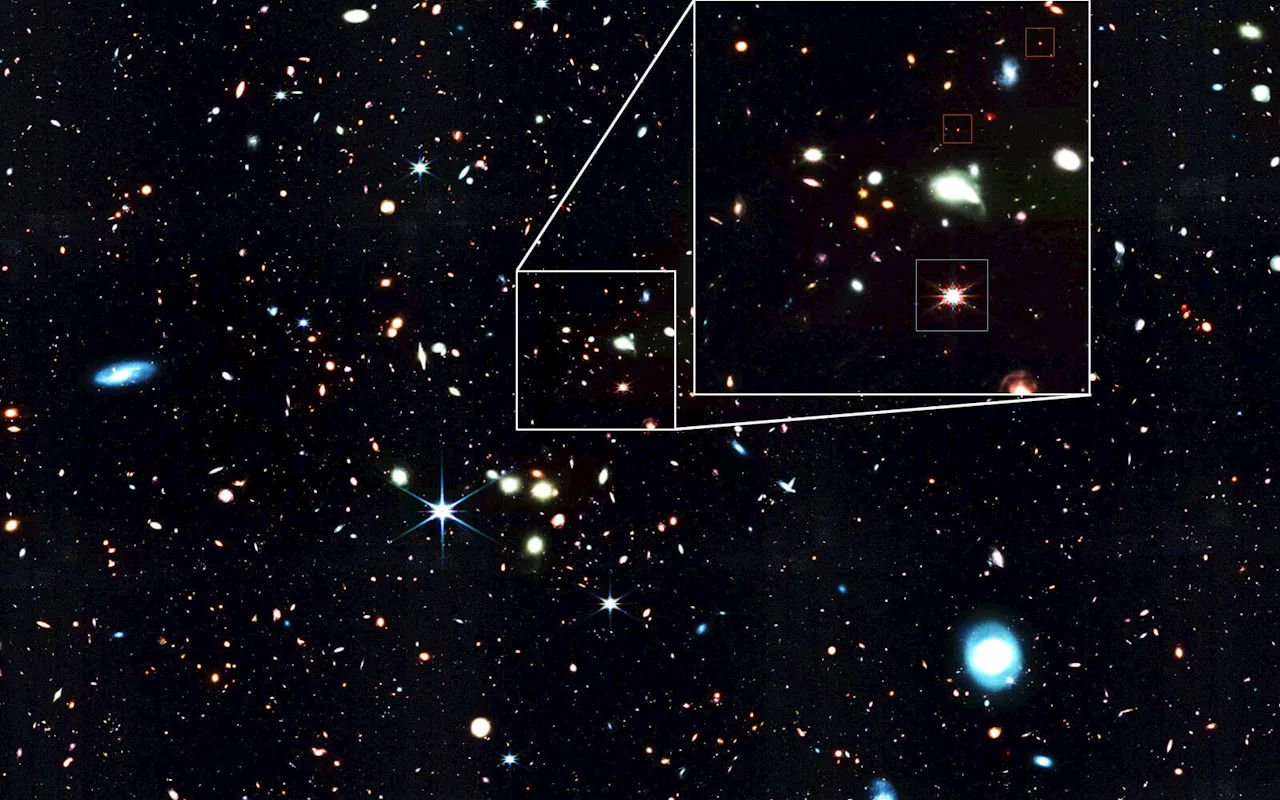 'Baby quasars': James Webb Space Telescope spots little giants in the deep pastThe James Webb Space Telescope has made one of the most unexpected findings within its first year of service: A high number of faint little red dots in the distant universe could change the way we understand the genesis of supermassive black holes.
'Baby quasars': James Webb Space Telescope spots little giants in the deep pastThe James Webb Space Telescope has made one of the most unexpected findings within its first year of service: A high number of faint little red dots in the distant universe could change the way we understand the genesis of supermassive black holes.
Read more »
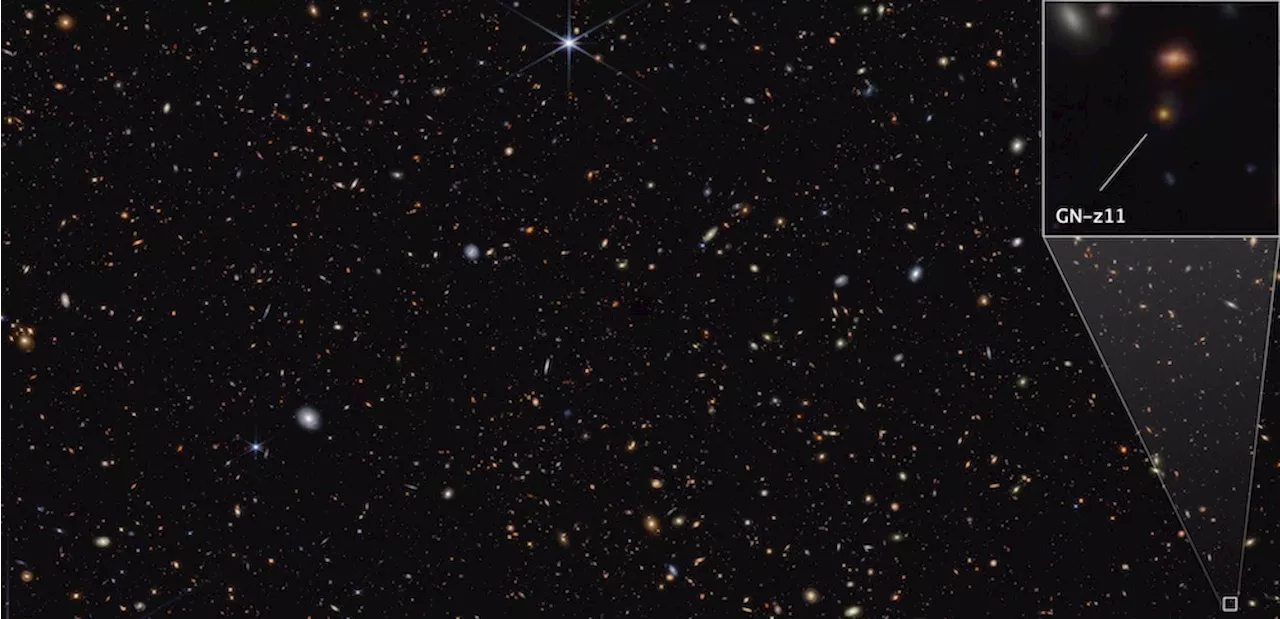 The Latest Mesmerizing Images from NASA's James Webb Space TelescopeWant to see the latest JWST images? The most recent image features the furthest known galaxy and black hole.
The Latest Mesmerizing Images from NASA's James Webb Space TelescopeWant to see the latest JWST images? The most recent image features the furthest known galaxy and black hole.
Read more »
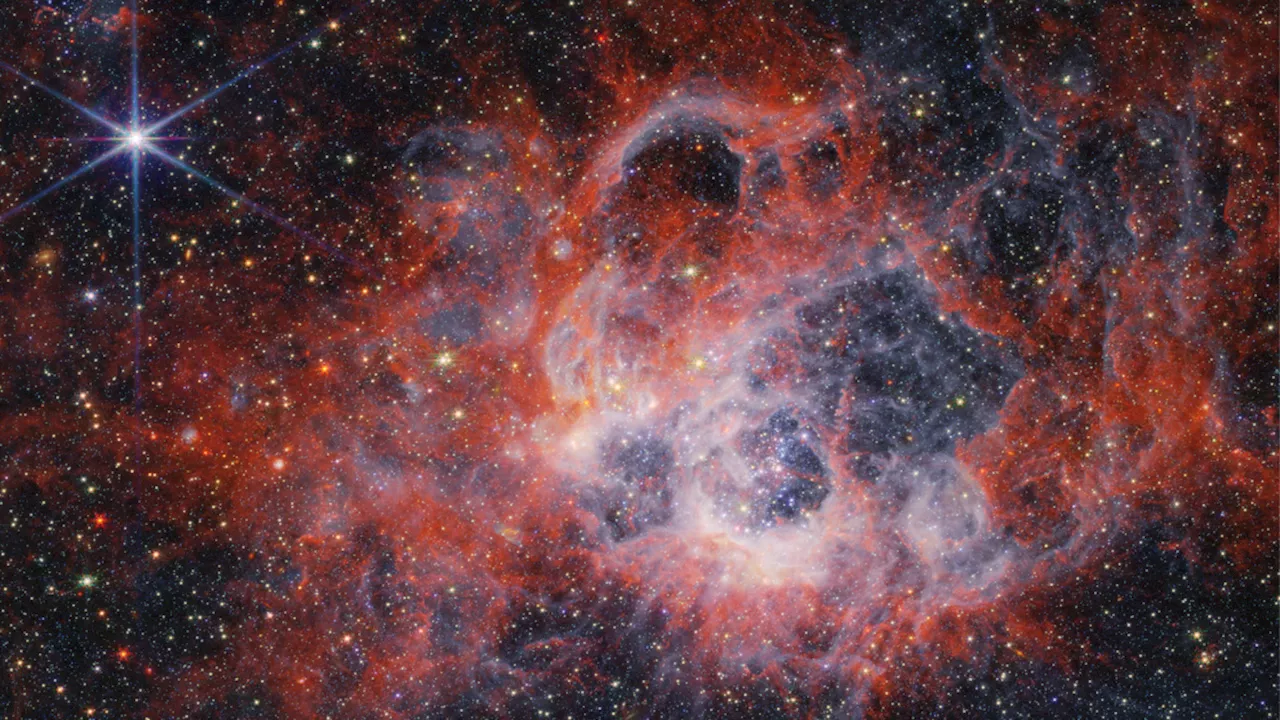 The James Webb Space Telescope hones in on star-forming region in the Triangulum Galaxy (images)Robert Lea is a science journalist in the U.K. whose articles have been published in Physics World, New Scientist, Astronomy Magazine, All About Space, Newsweek and ZME Science. He also writes about science communication for Elsevier and the European Journal of Physics. Rob holds a bachelor of science degree in physics and astronomy from the U.K.
The James Webb Space Telescope hones in on star-forming region in the Triangulum Galaxy (images)Robert Lea is a science journalist in the U.K. whose articles have been published in Physics World, New Scientist, Astronomy Magazine, All About Space, Newsweek and ZME Science. He also writes about science communication for Elsevier and the European Journal of Physics. Rob holds a bachelor of science degree in physics and astronomy from the U.K.
Read more »
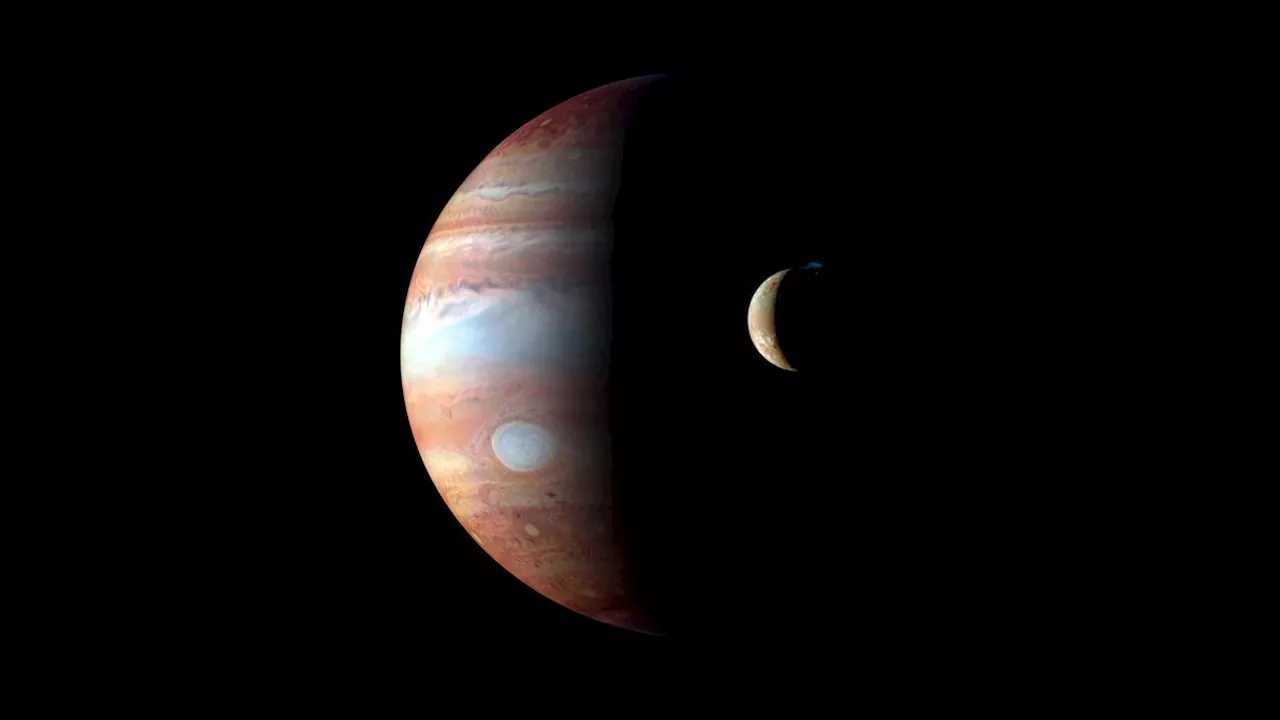 The James Webb Space Telescope is digging deep into the mysteries of gas planetsMonisha Ravisetti is Space.com's Astronomy Editor. She covers black holes, star explosions, gravitational waves, exoplanet discoveries and other enigmas hidden across the fabric of space and time. Previously, she was a science writer at CNET, and before that, reported for The Academic Times.
The James Webb Space Telescope is digging deep into the mysteries of gas planetsMonisha Ravisetti is Space.com's Astronomy Editor. She covers black holes, star explosions, gravitational waves, exoplanet discoveries and other enigmas hidden across the fabric of space and time. Previously, she was a science writer at CNET, and before that, reported for The Academic Times.
Read more »
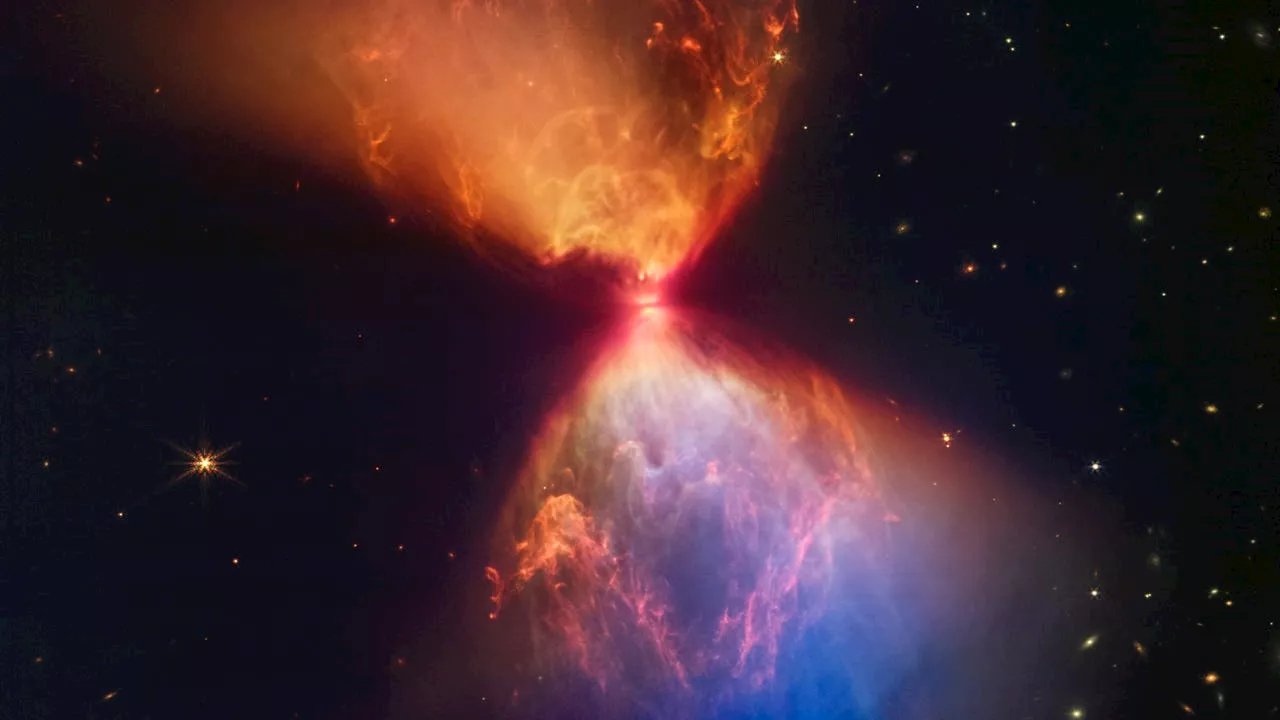 See images from NASA’s James Webb Space Telescope in new IMAX documentaryThe documentary “Deep Sky” will be in select IMAX theaters across the country in April. Here’s how you can see it.
See images from NASA’s James Webb Space Telescope in new IMAX documentaryThe documentary “Deep Sky” will be in select IMAX theaters across the country in April. Here’s how you can see it.
Read more »
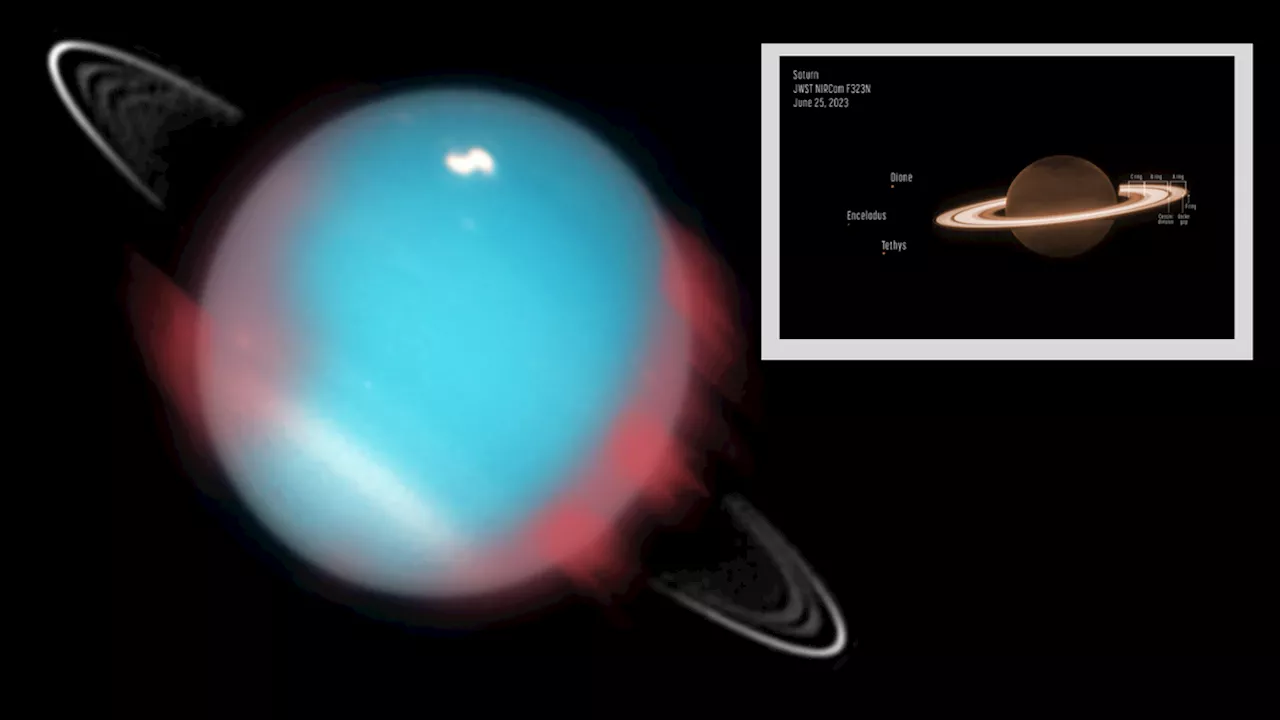 James Webb Space Telescope to investigate the stunning light shows of Saturn and UranusRobert Lea is a science journalist in the U.K. whose articles have been published in Physics World, New Scientist, Astronomy Magazine, All About Space, Newsweek and ZME Science. He also writes about science communication for Elsevier and the European Journal of Physics. Rob holds a bachelor of science degree in physics and astronomy from the U.K.
James Webb Space Telescope to investigate the stunning light shows of Saturn and UranusRobert Lea is a science journalist in the U.K. whose articles have been published in Physics World, New Scientist, Astronomy Magazine, All About Space, Newsweek and ZME Science. He also writes about science communication for Elsevier and the European Journal of Physics. Rob holds a bachelor of science degree in physics and astronomy from the U.K.
Read more »
